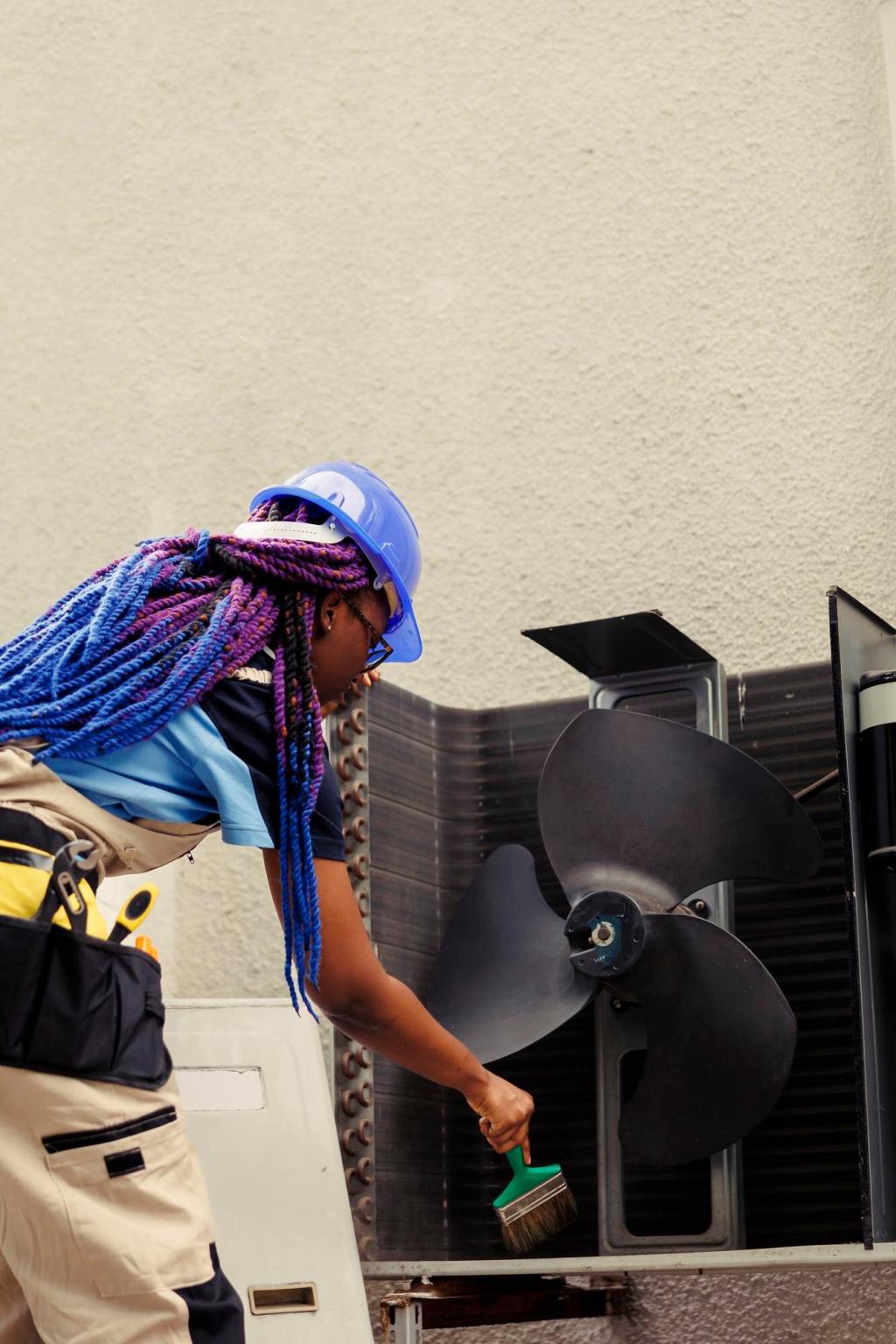Desert Climate Furniture Maintenance Tips: Keep Your Pieces Resilient and Beautiful
Welcome! If you live where sun is fierce, air is dry, and dust travels on the wind, this guide is your ally. Chosen theme: Desert Climate Furniture Maintenance Tips. Dive in for practical fixes, proven routines, and friendly ideas—then share your best tips in the comments and subscribe for fresh seasonal checklists.

Understand the Desert Environment
UV Exposure and Fading
Desert sun doesn’t just fade colors; it breaks down finishes and fibers at a molecular level. Choose UV-inhibiting sealers for wood, powder-coated metals, and solution-dyed acrylic fabrics. Add shade during peak hours. Share your sunniest patio hour below so we can suggest tailored shade strategies.
Low Humidity and Wood Movement
Dry air pulls moisture from wood, shrinking panels, loosening joints, and encouraging cracks. Indoors, aim for 35–45% relative humidity with a humidifier or clustered plants and water trays. Avoid sudden moisture swings. Tell us what your hygrometer reads this week, and we’ll help fine-tune targets.
Dust, Sand, and Abrasion
Dust acts like fine sandpaper, scuffing finishes and grinding into fabrics. After windy days or haboobs, brush with a soft bristle, then wipe using a slightly damp microfiber. Keep a mat under furniture to trap grit. Comment with your storm routine for a personalized cleanup plan.
Materials That Thrive in the Desert
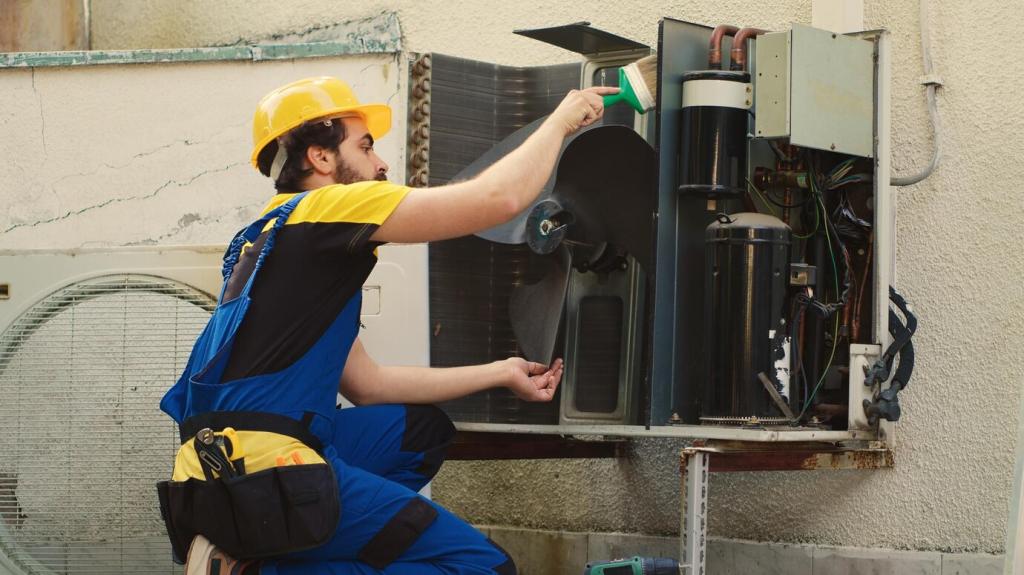
Best Woods and Finishes
Teak and acacia handle dryness with natural oils, but they still need care. Prefer penetrating oils or UV-stable marine spar varnish for durable protection. Avoid thick film finishes that crack under heat. Curious about color versus natural patina? Drop a note and we’ll help you pick.
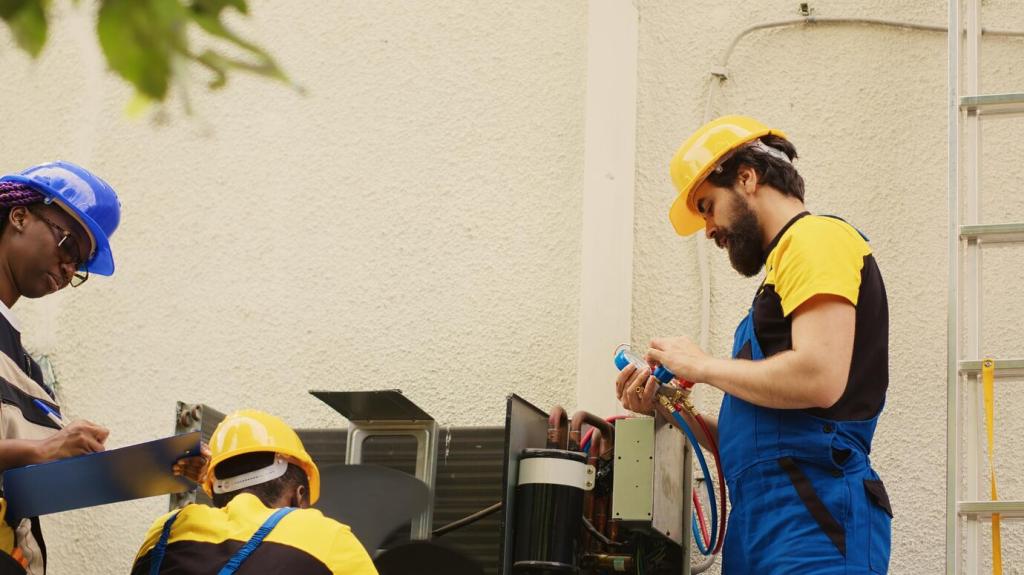
Metals and Hardware
Powder-coated aluminum resists rust and heat well; stainless steel hardware (304 or 316) keeps fasteners from seizing. Lighter colors reflect heat better than dark ones. Touch-safe armrests matter in July. Share your current set’s material and we’ll suggest upgrades for hardware and coatings.
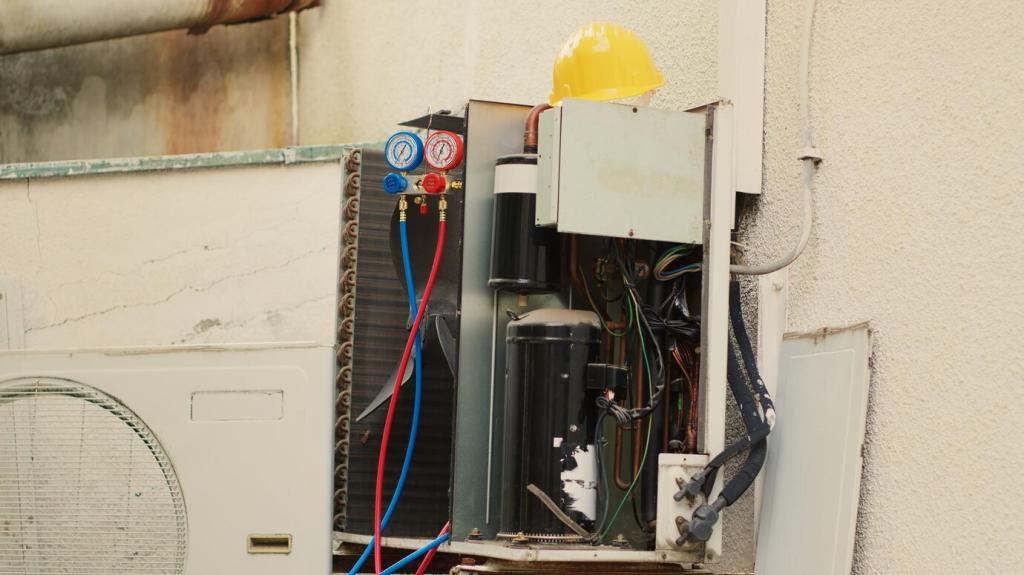
Fabrics and Cushions
Solution-dyed acrylics repel UV and hold color, while quick-dry, open-cell foam prevents mildew after rare desert rains. Opt for removable covers with sturdy zippers for easy cleaning. Post a photo of your cushions’ wear patterns and we’ll recommend thread, piping, and stitching that last longer.
Cleaning Routines for Dust and Heat
Weekly Quick Dust-Off
Use a soft brush or microfiber to lift grit, then a light damp wipe. Vacuum crevices with a soft nozzle. Avoid leaf blowers that drive dust deeper. What’s your busiest day? Tell us, and we’ll create a reminder-friendly routine that fits your schedule.
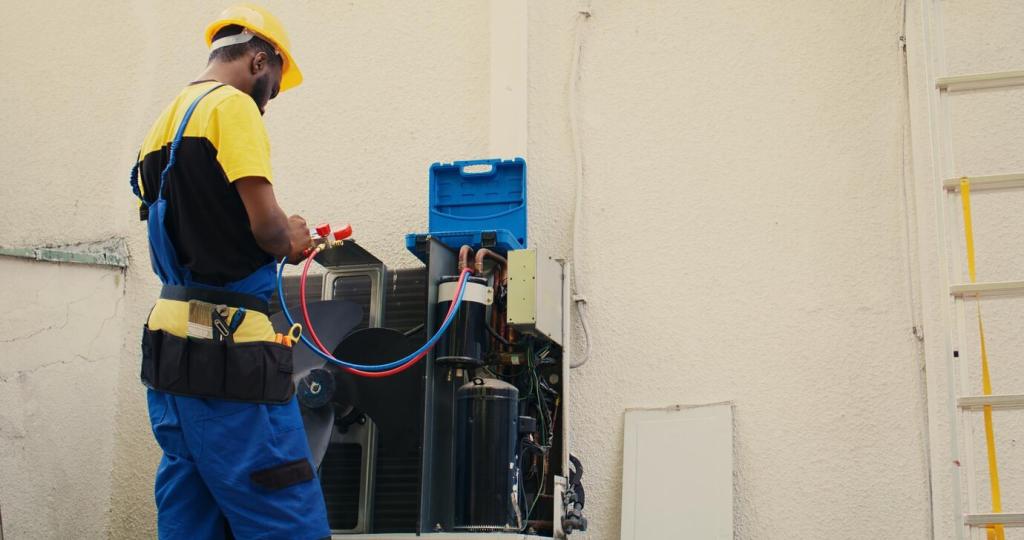
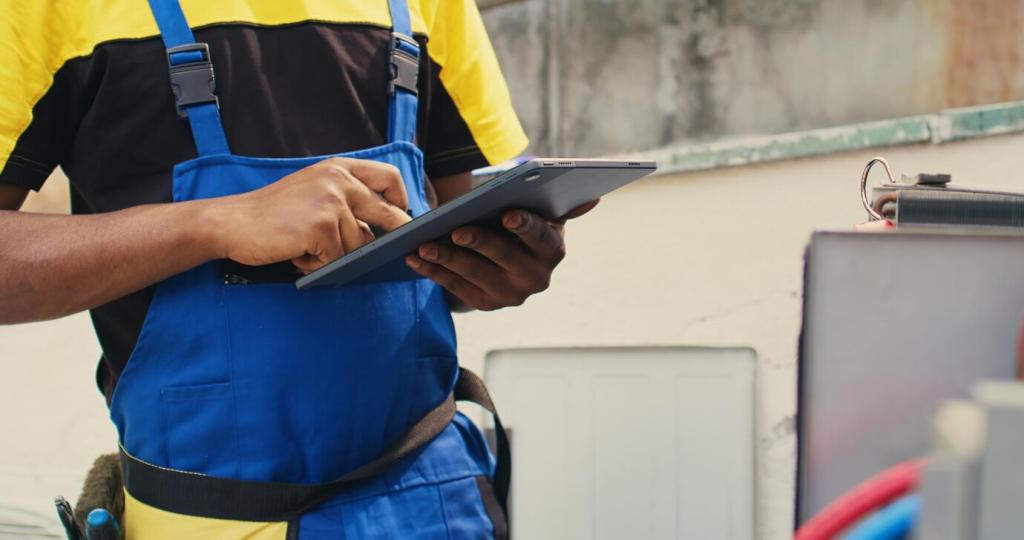
Monthly Fabric and Cushion Care
Rinse cushions with a gentle hose spray, then wash with mild pH-neutral soap. Avoid harsh detergents that strip coatings. Rinse thoroughly and dry upright in shade. Found a stubborn stain? Describe it in the comments for a fabric-specific, desert-safe cleaning recipe.
Keep leather away from vents and direct sunlight. Use a water-based, non-greasy conditioner every few months and dust gently with a barely damp cloth. Always spot-test. Tell us your leather type, and we’ll suggest a conditioner that won’t darken or leave residue.

Repairs, Storage, and Long-Term Planning
Heat cycles loosen screws. Upgrade to stainless fasteners, add nylon washers where movement occurs, and use blue thread-locker sparingly. For wood, choose glues suited to heat and dryness. Tell us your chair model, and we’ll advise precise pilot hole sizes and torque targets.
Repairs, Storage, and Long-Term Planning
Use locking casters or lightweight frames for quick storm resets. Vented storage benches prevent heat buildup; garages can exceed safe temperatures, so keep fabrics elevated and air-gapped. What’s your hottest month? We’ll propose a storage timeline that matches your climate curve.
